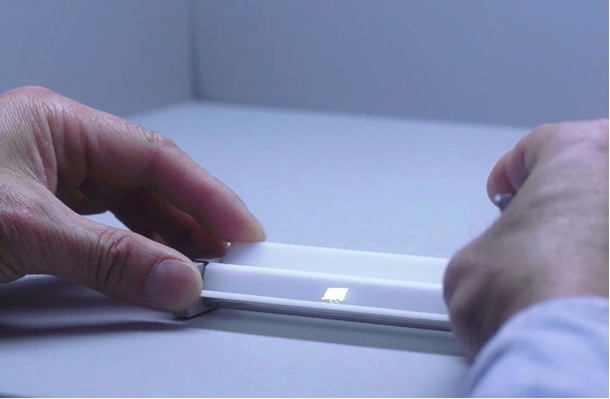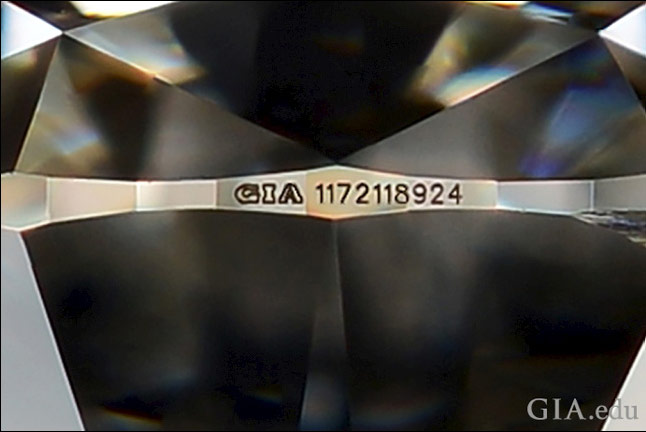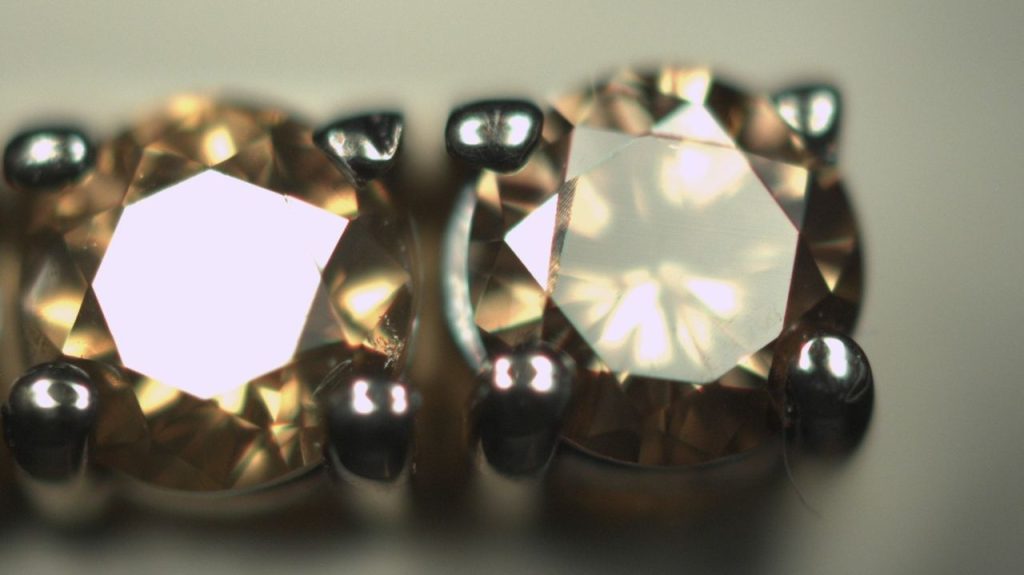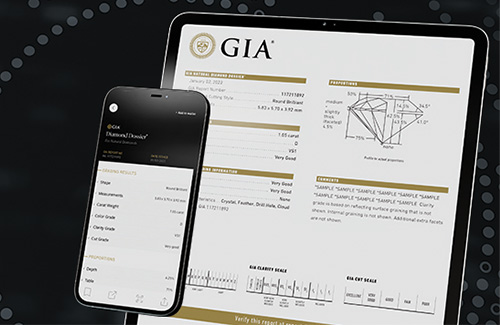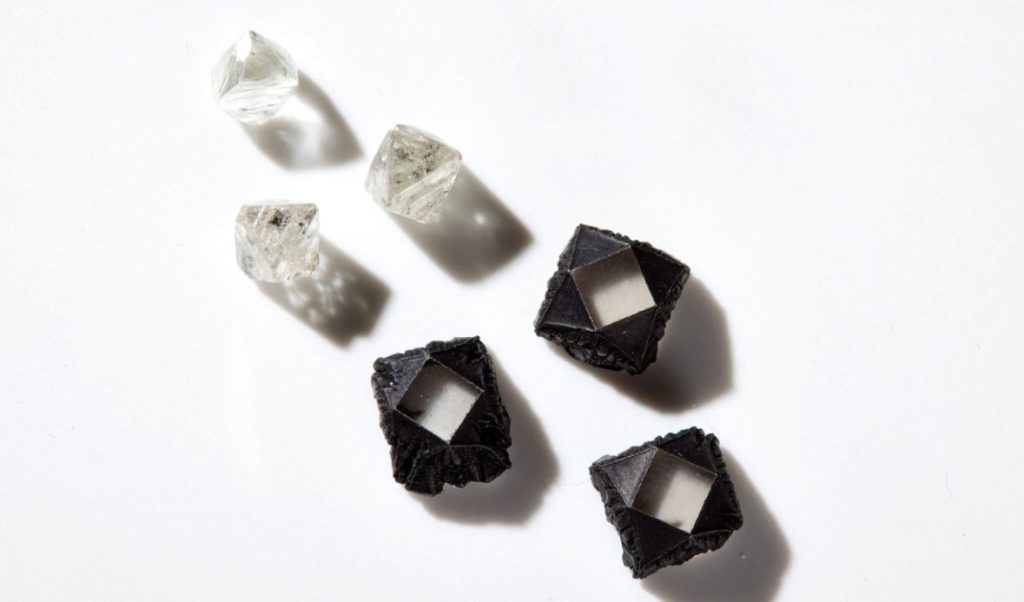
In a landmark decision that will reverberate through the global diamond industry, the Gemological Institute of America (GIA) the world’s foremost authority in gemology—has announced it will no longer use its internationally recognized 4Cs grading system for laboratory-grown diamonds. Instead, beginning later this year, lab-grown diamonds submitted to GIA will receive simplified descriptors—categorized broadly as either “premium” or “standard”—or no grade at all if the quality is subpar.
While GIA’s move to redefine lab grown diamond grading might sound like a simple nomenclature change, it’s much more than that. This move marks a definitive moment in the ongoing separation of natural diamonds from lab-grown diamonds. It confirms what many in the industry have long known: lab-grown diamonds are not the same as natural diamonds and should not be treated as such.
Why the 4Cs Is Essential for Natural Diamonds
GIA created the 4Cs—cut, color, clarity, and carat weight—as a rigorous system to help consumers understand the unique and complex qualities of natural diamonds. No two natural diamonds are exactly alike. They are rare geological miracles forged deep within the Earth over billions of years, each carrying a singular fingerprint from Mother Nature. A grading report for a natural diamond is essential because these stones exist along an immense spectrum of characteristics.
Meet the Expert

- Grant Mobley is the Jewelry & Watch Editor of Only Natural Diamonds.
- He is a GIA Diamonds Graduate.
- He has over 17 years of jewelry industry experience, starting with growing up in his family’s retail jewelry stores.

Why GIA Is Changing the Way Lab Grown Diamonds Are Graded
Lab-grown diamonds, on the other hand, are man-made and mass-produced using high-pressure high-temperature (HPHT) or Chemical Vapor Deposition (CVD) processes. According to Tom Moses, GIA executive vice president and chief laboratory and research officer, “More than 95% of laboratory-grown diamonds entering the market fall into a very narrow range of color and clarity. Because of that, it is no longer relevant for GIA to describe man-made diamonds using the nomenclature created for the continuum of color and clarity of natural diamonds.”Why Lab Grown Diamond Grading Needs a Different System
By replacing detailed grading reports with broader descriptors, such as “premium” and “standard,” GIA is drawing a clear line in the sand. They are telling consumers that these are not the same products and they should not be evaluated in the same way. And coming from GIA—the trusted nonprofit organization that established global diamond grading standards in 1953—this statement couldn’t be more authoritative.
Natural Diamonds: Rarity, Value, and Geological Identity
To understand why this change to lab grown diamond grading matters, it’s essential to examine what drives the value of natural diamonds: rarity and identity. Each natural diamond is finite, with unique growth patterns, internal inclusions, and color subtleties shaped by millions or even billions of years underground. These one-of-a-kind gems are the original luxury product—not just beautiful but rare and no longer forming in nature. Lab-grown diamonds, conversely, can be created in virtually unlimited quantities and replicated in appearance with astonishing ease. There is no rarity. There is no geological story. There is no true investment potential.
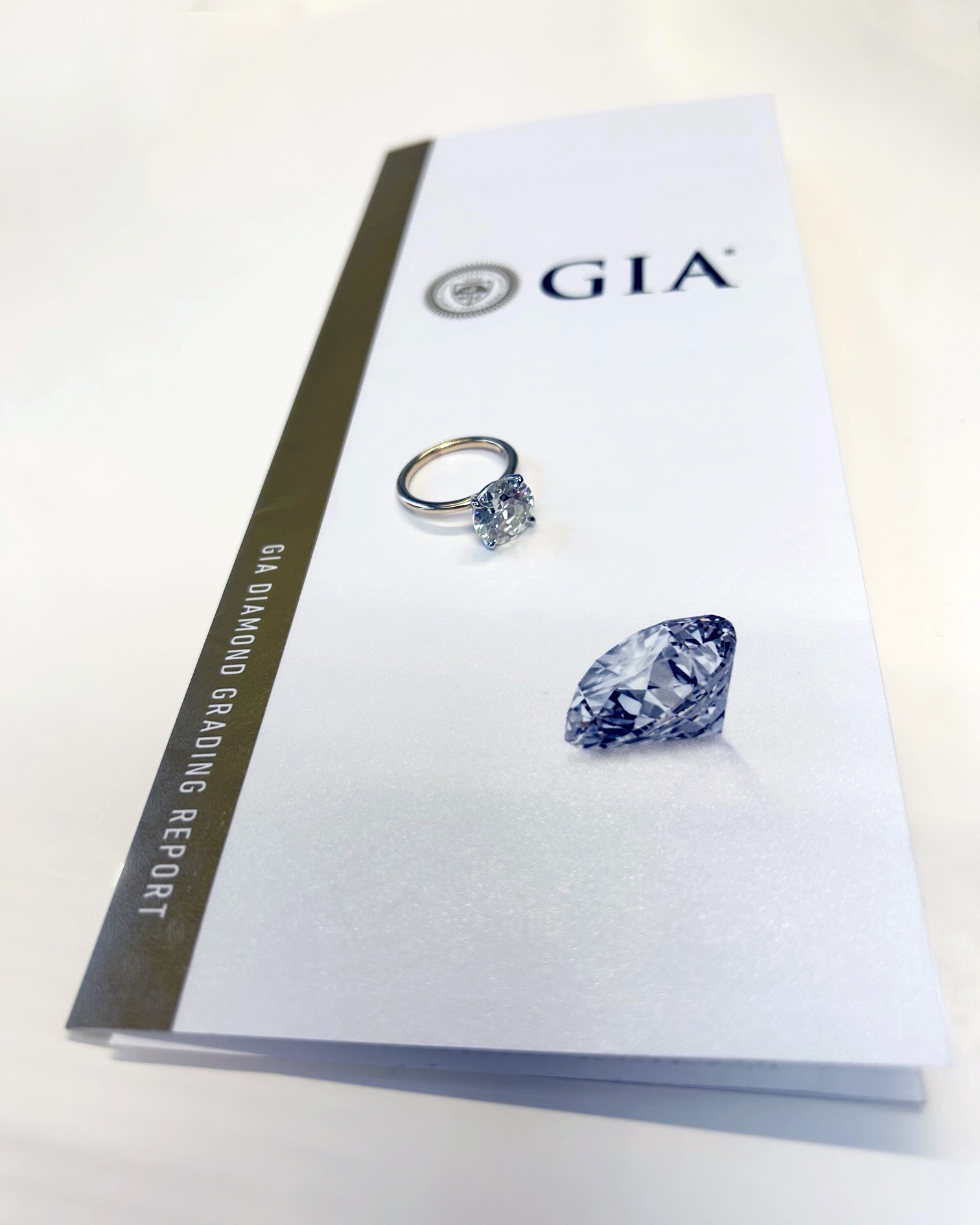
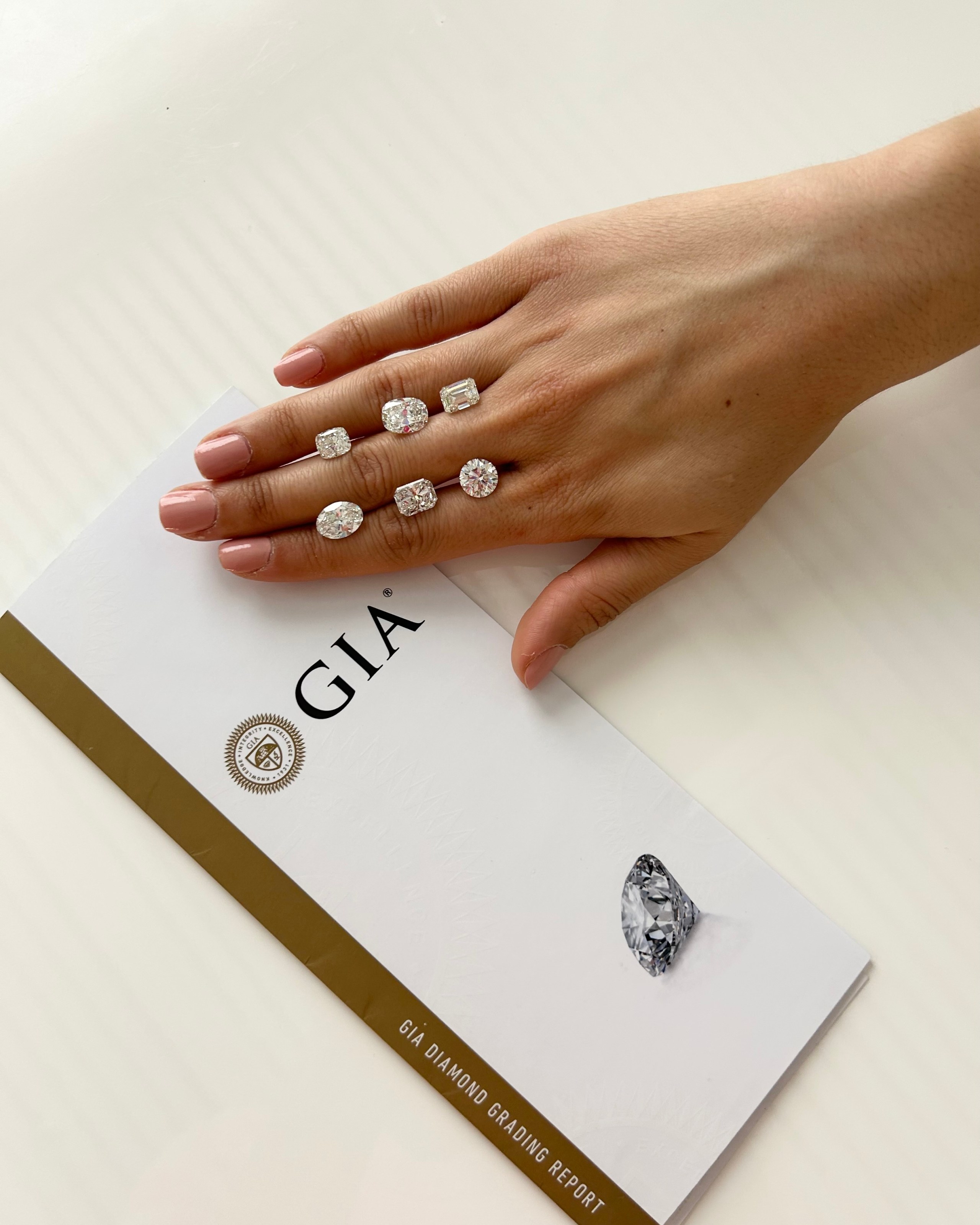
Why Clarity in Lab Grown Diamond Grading Matters for Consumers
This distinction has become increasingly blurred by confusing marketing language and unclear labeling practices. Some in the lab-grown diamond space have leaned on the unsubstantiated language of “sustainability” and “equality” in comparison to natural diamonds, despite offering a fundamentally different product. But consumers deserve transparency. They deserve to understand what they’re buying, what it’s worth, and what makes one stone different from another. That’s precisely why this change from GIA is so important.
It’s also a return to the Institute’s founding principles. GIA exists to protect the public trust in gems and jewelry. With this shift, the Institute is ensuring that consumers can make informed choices without being misled by false equivalencies. By stepping away from the 4Cs for lab-grown diamonds, GIA is reaffirming its commitment to scientific integrity and public transparency.
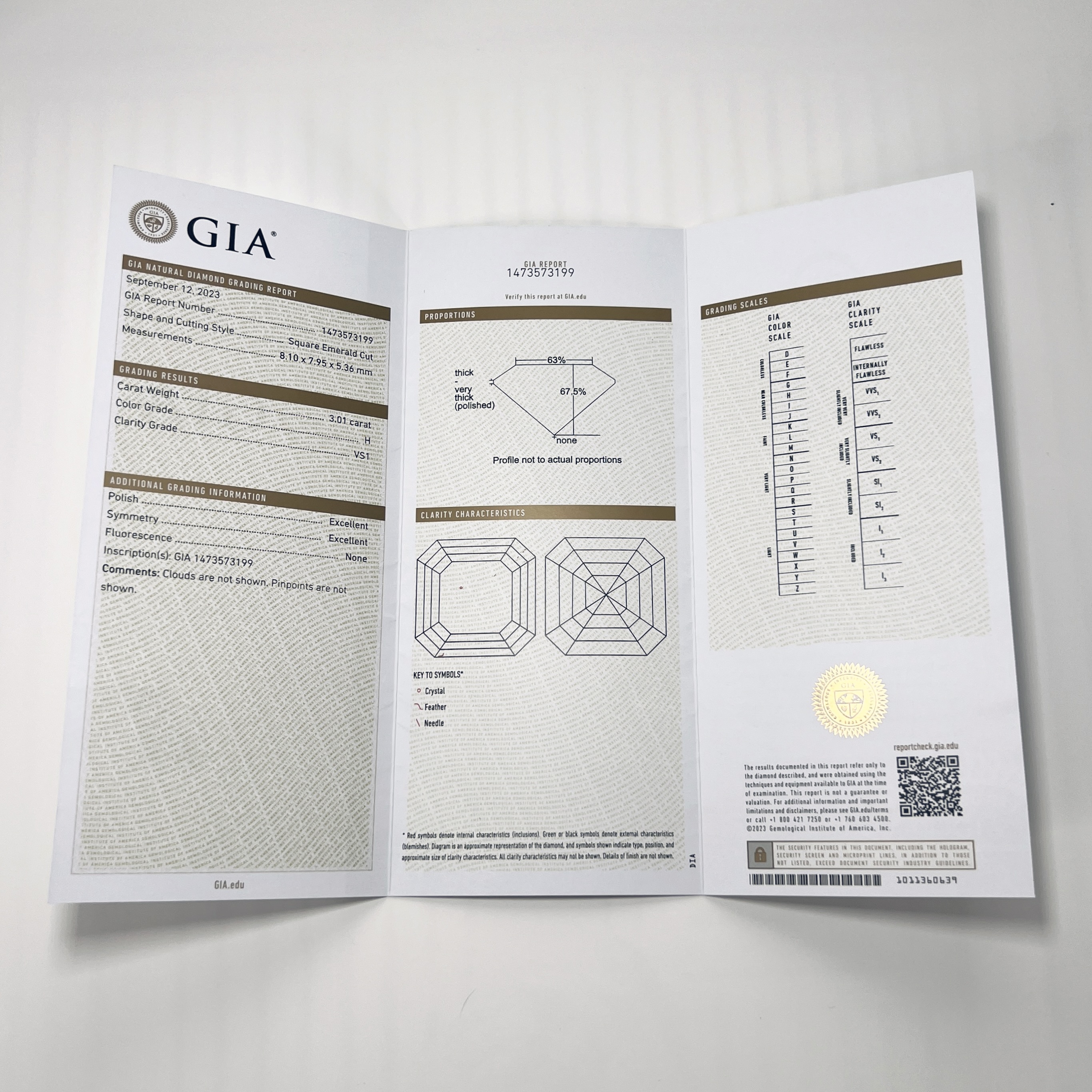
Let me be clear: This is not about pitting one product against another. Lab-grown diamonds have their place in the market. But we must stop pretending they are interchangeable with natural diamonds. They are not heirlooms, they are not investments, and they are not rare.
GIA’s decision demonstrates that natural diamonds continue to be the benchmark of authenticity, value, and irreplaceability. They are not merely carbon crystals—they are ancient, unrepeatable creations of nature, each with a backstory written in geologic time.
As this policy rolls out in late 2025, expect other gem labs to follow suit. The line separating lab-created simulacra and natural geological masterpieces is being redrawn with bold ink—and GIA is holding the pen.
Source: Naturaldiamonds

